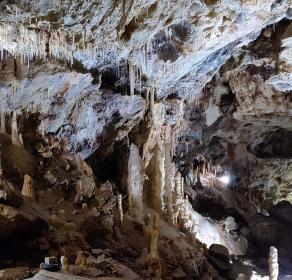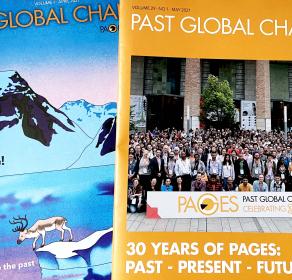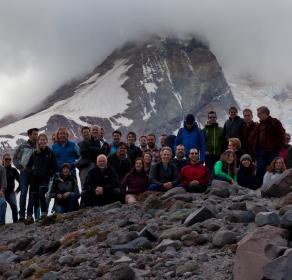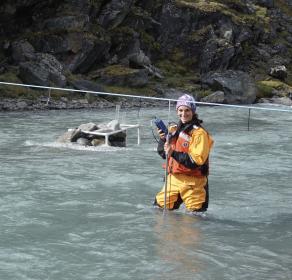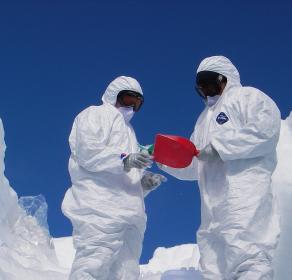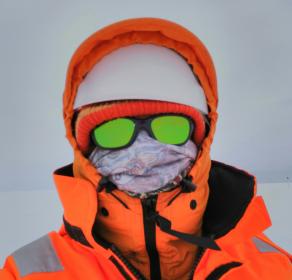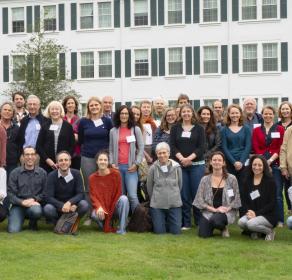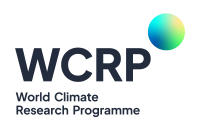PAGES (Past Global Changes) supports research which aims to understand the Earth’s past environment in order to obtain better predictions of future climate and environment, and inform strategies for sustainability.
Welcome to PAGES
The PAGES (Past Global Changes) project is an international effort to coordinate and promote past global change research. The primary objective is to improve our understanding of past changes in the Earth system in order to improve projections of future climate and environment, and inform strategies for sustainability.

